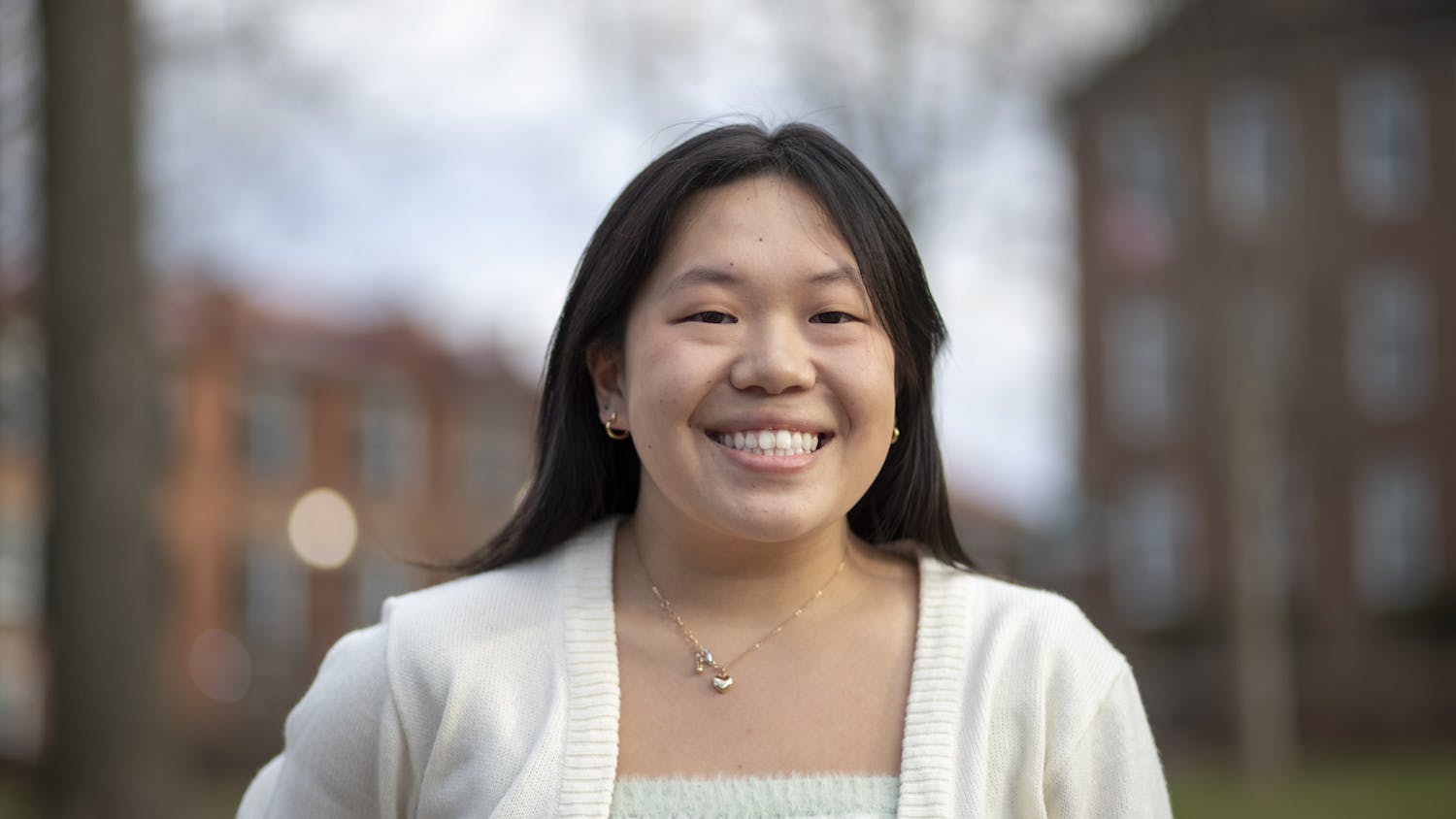It’s been a bit of a rough year for Black, Indigenous and people of color students at Ohio University. From hate crimes in the dorm halls to supposed initiatives to be taken by administrations, BIPOC students have had an exhausting time. But things are beginning to look up, and now’s not the time to lose hope.
Although it’s easy to let negative incidents and cynical views take the forefront of people’s mind, let’s not forget the positives and good that have also occurred for the BIPOC community. OU has a wide variety of organizations for minority students, such as greek life, major-specific associations and student unions.
Every year at the beginning of Fall Semester, multicultural organizations come together for a student fair with tabling, performances and socializing. I remember going to the event at the beginning of freshman year and feeling joy over the diversity and inclusivity of many kinds of students here at OU. It’s a great opportunity for POC and non-POC students alike to learn about the different types of groups on campus.
There has also been a new group founded called MSOC, which stands for Multicultural Student Organization Coalition, which is meant for all of the multicultural organizations at OU to be able to support, connect and network with one another. The coalition has allowed for unifying events between BIPOC groups, such as a Black and Asian solidarity panel with the Black Student Union and the Asian American/Pacific Islander Student Union.
A Women of Color mixer with the Latino Student Union, the AAPISU, Unified Sisters, Woman2Woman and Allies also occurred, with activities such as a conversational panel and get-to-know-you bingo. Events like these have allowed for intersectionality between BIPOC organizations and other minority groups to come together to show support and solidarity for one another while also building community.
The results of the university’s Student Senate elections also bring hope for BIPOC students on campus. With Dayna Shoulders as president, Luvina Cooley as vice president and Trinity Robinson as treasurer, all three women have shown support and dedication to improving campus culture for marginalized groups.
Even here at The Post, we are working hard to become a more DEI-friendly publication with not only the content we’re producing, but the issues we’re covering and sources we’re using as well. Next year’s editor-in-chief, Ryan Maxin, has big plans for improving the newsroom culture and even decided to create the position of an Equity Director to also work on The Post’s efforts for diversity and inclusion.
So even with OU’s identity as a predominantly white institution and the bumps along the way this year that happened to BIPOC students, there’s light at the end of the tunnel. For both incoming BIPOC students and BIPOC students already on campus, there are groups and organizations out there to use as resources and a community during and after your time at OU.
It’s difficult to be a POC at a PWI, but there are people and initiatives being taken to make it a little easier. Every step taken by current BIPOC students and alumni is for the betterment of the students after us, so that they don’t have to go through the same hardships that we did. It may be difficult and tiring at times, but we won’t lose hope or slow down as we work toward a better future.
Mimi Calhoun is a freshman studying journalism at Ohio University. Please note that the views and opinions of the columnists do not reflect those of The Post. Have something to say? Email Mimi at mc300120@ohio.edu or tweet her @mimi_calhoun.





